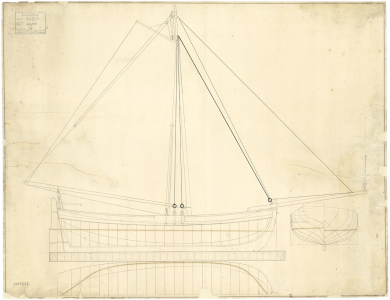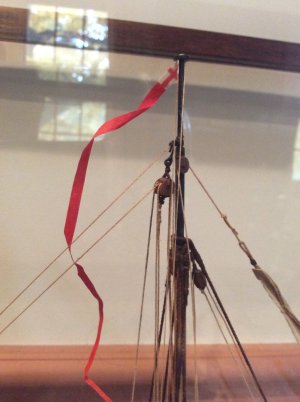- Joined
- Jan 5, 2024
- Messages
- 8
- Points
- 3

Does anyone know if rigging plan for Captain Cook's longboat are available? The Artsania instruction book is practically useless (in my opinion).
 |
As a way to introduce our brass coins to the community, we will raffle off a free coin during the month of August. Follow link ABOVE for instructions for entering. |
 |



Have you tried Karl Heinz Marquardt’s The Anatomy of the Ship: Captain Cook’s Endeavour? It includes detailed plans for all four of Endeavour’s boats, longboat, pinnace, yawl, and skiff, with rigging layouts. Many modelers refer to it as the most complete source.Does anyone know if rigging plan for Captain Cook's longboat are available? The Artsania instruction book is practically useless (in my opinion).







Thanks Roger, makes total sense. I still would love to see the issue resolved when there was a traveler (horse?) under the tiller one day.All of these boats have loose footed and more importantly boomless sails. They also don’t appear to have travelers; there is a sheave in its place on their transoms.
